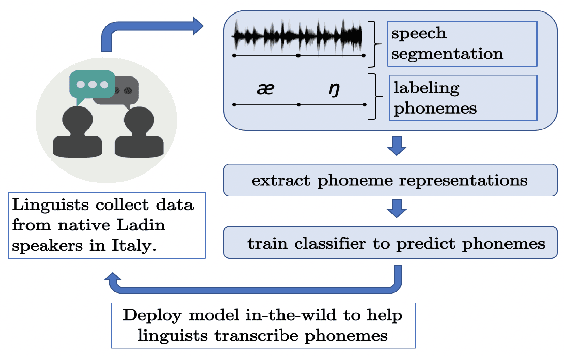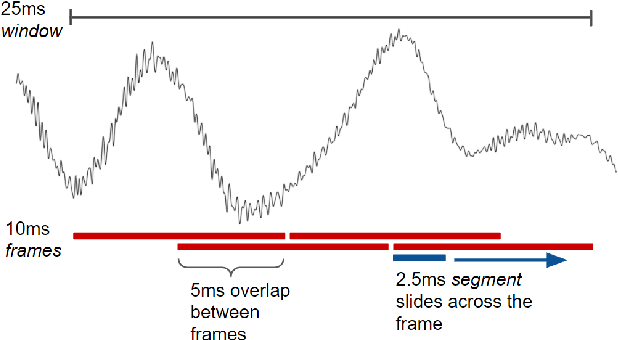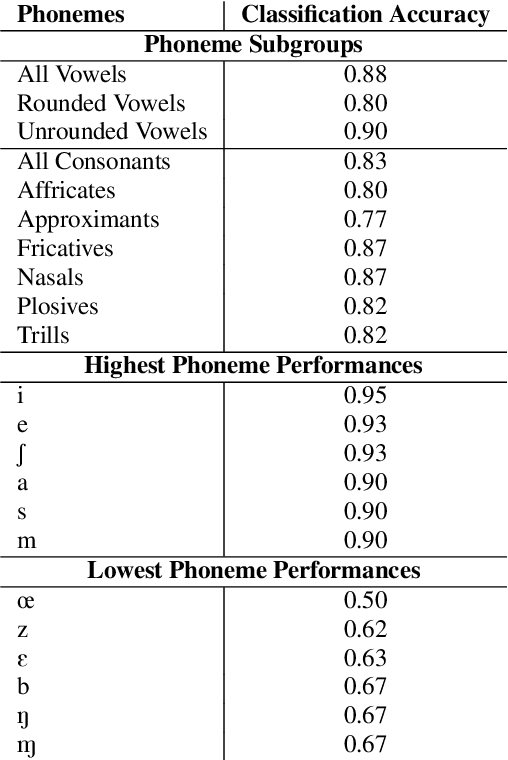Speech Representations and Phoneme Classification for Preserving the Endangered Language of Ladin
Paper and Code
Aug 27, 2021



A vast majority of the world's 7,000 spoken languages are predicted to become extinct within this century, including the endangered language of Ladin from the Italian Alps. Linguists who work to preserve a language's phonetic and phonological structure can spend hours transcribing each minute of speech from native speakers. To address this problem in the context of Ladin, our paper presents the first analysis of speech representations and machine learning models for classifying 32 phonemes of Ladin. We experimented with a novel dataset of the Fascian dialect of Ladin, collected from native speakers in Italy. We created frame-level and segment-level speech feature extraction approaches and conducted extensive experiments with 8 different classifiers trained on 9 different speech representations. Our speech representations ranged from traditional features (MFCC, LPC) to features learned with deep neural network models (autoencoders, LSTM autoencoders, and WaveNet). Our highest-performing classifier, trained on MFCC representations of speech signals, achieved an 86% average accuracy across all Ladin phonemes. We also obtained average accuracies above 77% for all Ladin phoneme subgroups examined. Our findings contribute insights for learning discriminative Ladin phoneme representations and demonstrate the potential for leveraging machine learning and speech signal processing to preserve Ladin and other endangered languages.
 Add to Chrome
Add to Chrome Add to Firefox
Add to Firefox Add to Edge
Add to Edge